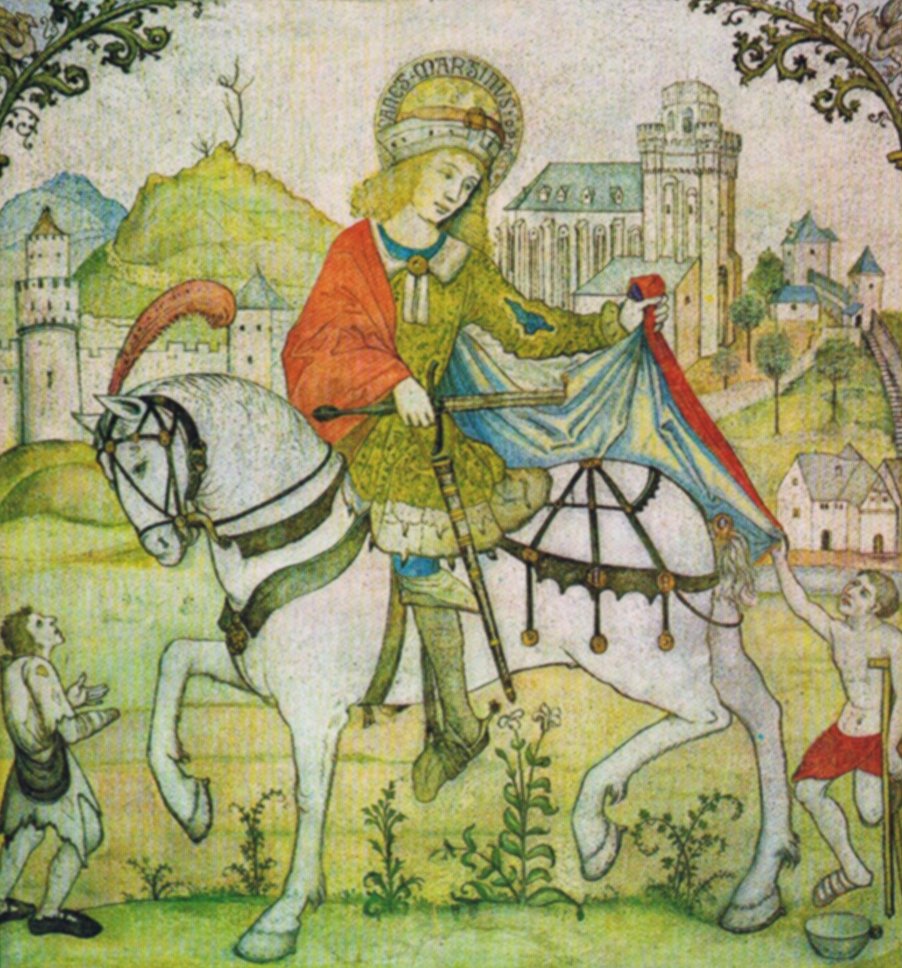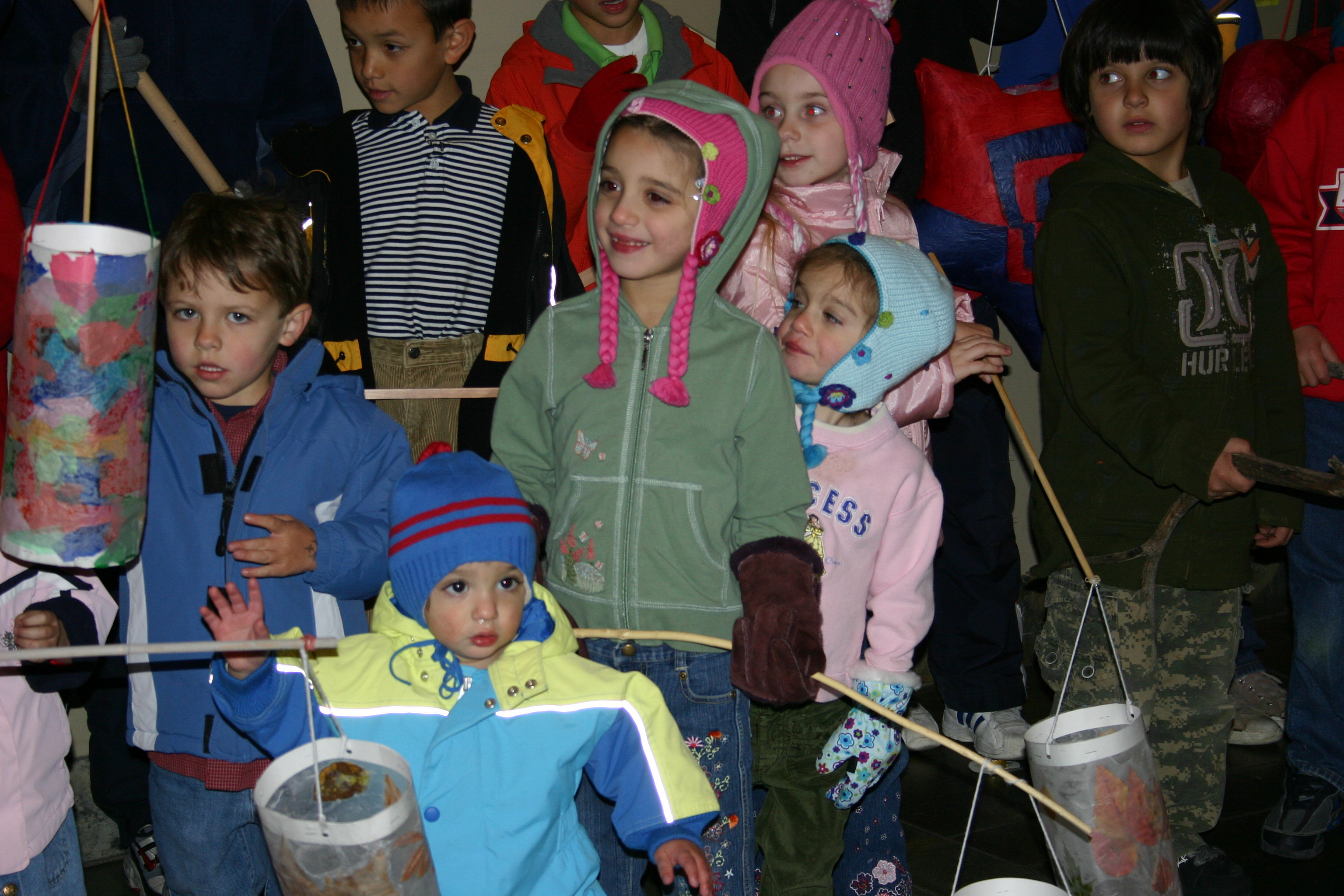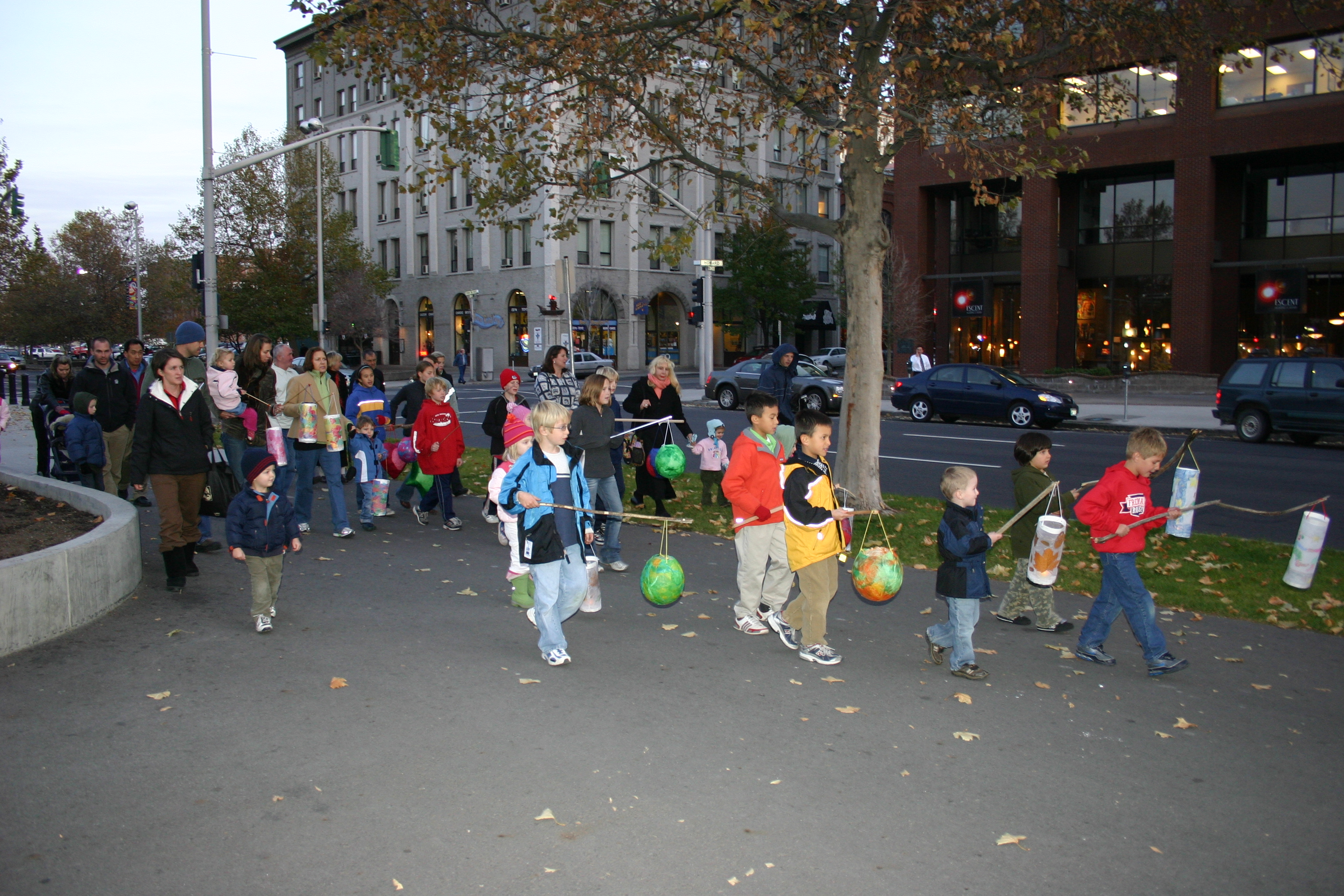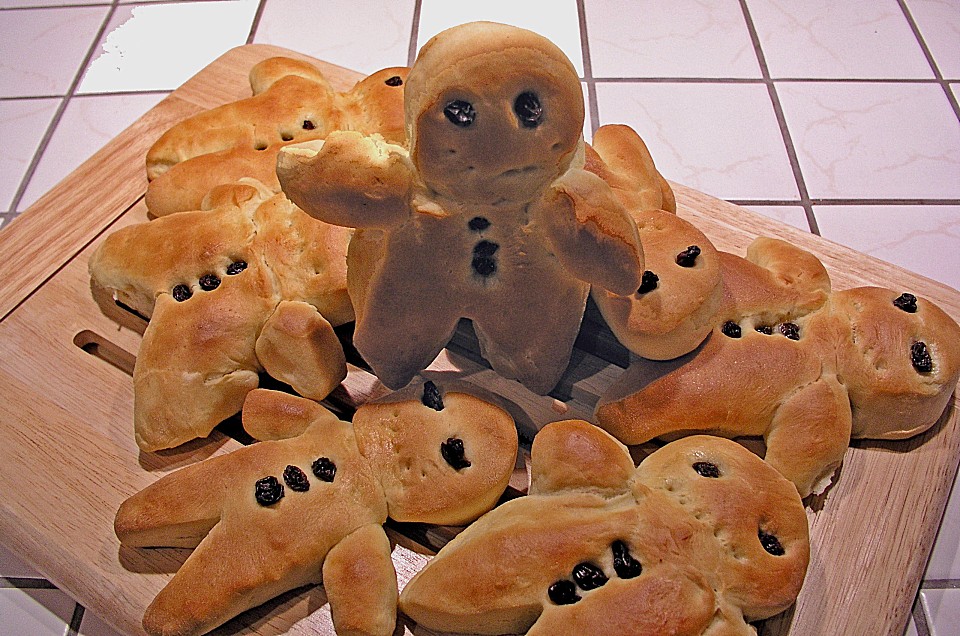What is the Lantern Walk all about?



Starting in the late 4th century, November 11th was celebrated across much of Western Europe. It was the beginning of a time of fasting—known as the 40 days of St. Martin—and was the last opportunity to eat a large, decadent meal before the fasting period began. November 11th is also considered the official beginning of Fasching, though the majority of Fasching festivities take place in February or March. Though originally a catholic holiday, St. Martin’s Day is now celebrated in many protestant regions as well.
Who was St. Martin?
Martin of Tours was born in what is today Hungary in 316 AD. He served as a soldier for the Roman army where, according to his biographer Sulpicius Severus, he served for only two years before converting to Christianity and becoming a conscientious objector to military service.
The most well-known legend connected to his name took place during his military service when he is said to have cut his cloak in half to share with a poorly dressed beggar. Later, Martin had a vision showing him that the beggar has been Jesus. Throughout his life, Martin reported having many further religious visions.
In 371 Martin became the Bishop of Tours, a title he is said to have tried to avoid by hiding in a goose stall. But the noise of the geese gave his location away, and he was given the position despite his belief that he was not worthy of the title. He was known for advocating for the forgiveness of prisoners and caring for the poor.
Martin traveled often—sometimes to set up new monasteries, sometimes to seek pardon for prisoners sentenced to death, and sometimes in hopes of finding new converts to Christianity. He died in 397 in what is now France.
Celebrating St. Martin’s Day today
For those with young children, St. Martin’s Day revolves around a parade, known in German as the Martinszug. Children make lanterns in kindergarten or school that they then carry during this evening parade, usually led by a man on a horse dressed up as St. Martin as a soldier. The children sing songs like Laterne, Laterne and Ich geh mit meiner Laterne and sometimes go door to door, exchanging a song or poem for sweet baked goods.
The Martinszug often ends at a Martinsfeuer, or St. Martin’s Bonfire where sweet baked goods called Weckermänner, Stutenkerle, or Martinsbrezel are handed out, depending on the region of Germany. The origins of the lantern tradition are unclear, but may be a replacement for the Martinsfeuer, or a metaphor for what Martin would have seen as bringing “light into the darkness”—bringing the knowledge of Christianity to new converts.
Food is the second focus of St. Martin’s Day, and the traditional Martinstag meal in Germany is duck, red cabbage, and Semmelknödel. Many connect the tradition of eating duck with the story about Martin’s attempt to hide from the title of Bishop, but it could also stem from feudal taxes that were collected on November 11th and usually paid in geese, or the fact that duck, being a fatty meat, made a good last meal before the 40-day fast that follows for strict Catholics.
The Weckmann – Man of the Holiday Season
Formed out of sweet yeast dough, this man goes by many names in Germany— Weckmann, Nikolaus, Stutenkerl, among others—and is a popular treat for either St. Martin’s Day on November 11, or St. Nicholas Day on December 6. For the traditional Weckmann, the dough is shaped by hand into the form of a man, and raisins and/or nuts are used for eyes and buttons. In Germany, a clay pipe is often added, but this detail is hard to find in the United States.
Serves: 10
Ingredients:
1 cup milk
1/3 cup sweet butter
3 tablespoon (1/6 cup) shortening
1 cup sugar
3 tablespoons real vanilla extract
1 grated lemon peel
1 bag rapid yeast (1/4 ounce)
3 tablespoon warm water
4 whole eggs
6 2/3 cups flour
1 egg beaten with 2 tablespoons water for glazing

Preparation:
Mix yeast with warm water and 1 tablespoon of sugar. Combine milk, butter, shortening, and sugar, in a saucepan and heat gently then set aside to cool. Place flour in a large bowl, make a well in the middle of the flour and pour yeast mixture into the well, cover and let rise for 20 minutes. Add milk mixture to flour and mix all the ingredients together. Knead into a ball, dust with flour and let rise for 45 minutes.
Roll dough and divide into 10 pieces to form into men. Place the men on a large baking sheet covered with baking or wax paper, making sure to leave enough room between each shape. Let rise for a further 20 to 45 minutes.
Brush with egg and water mixture, decorate with raisins and dried cranberries for the eyes and buttons
Bake at 325 to 350 degrees F for 10-15 minutes.
